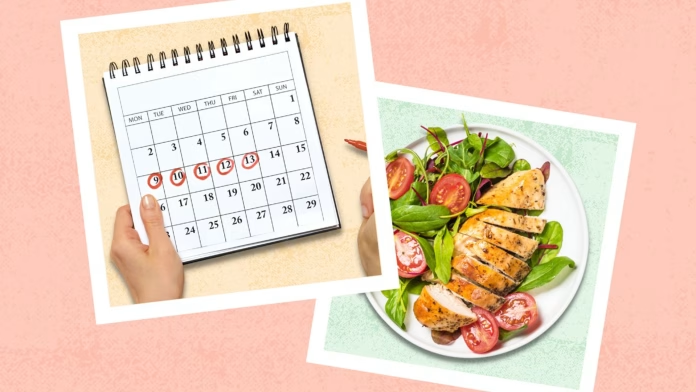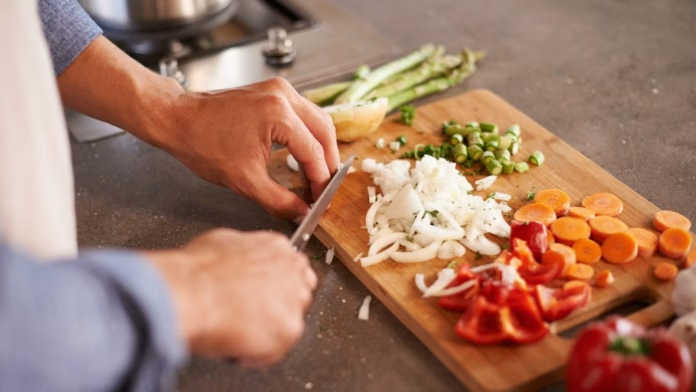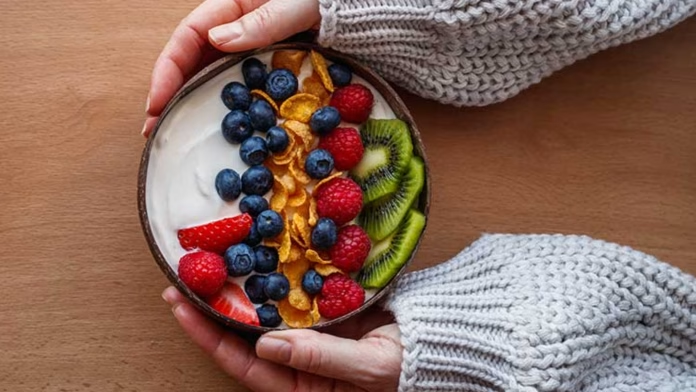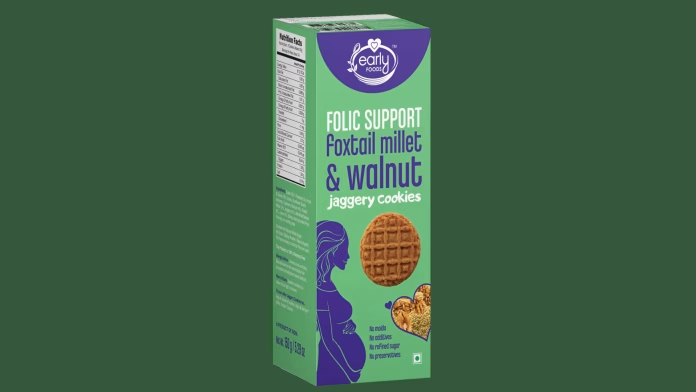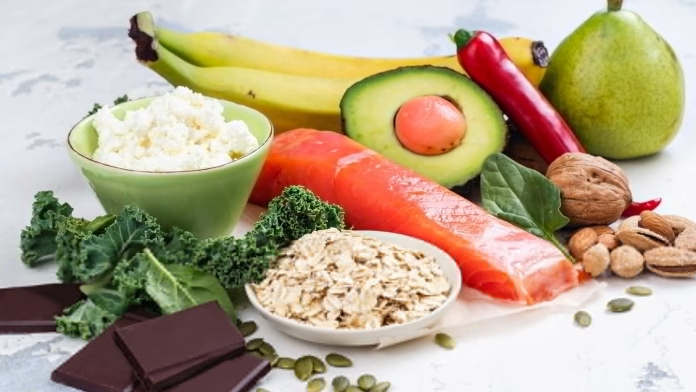Oral health is an important aspect of overall health that is often overlooked. Many people focus on brushing and flossing their teeth, but may forget about the importance of fresh breath. Bad breath can be embarrassing and can make social situations uncomfortable. However, traditional breath fresheners such as mints and gum may contain harmful ingredients like artificial sweeteners and preservatives. Fortunately, there is a natural solution: Gud Gum Charcoal mint chewing gum.
What is Gud Gum Charcoal Mint Chewing Gum?
Gud Gum Charcoal mint chewing gum is a type of chewing gum that is infused with activated charcoal and mint flavoring. Activated charcoal is a form of carbon that has been treated with oxygen to make it highly porous and adsorbent. This means that it can bind to and trap toxins and impurities, helping to purify the body.
Activated charcoal has been used for thousands of years for a variety of purposes, including water filtration, wound healing, and digestive health. In recent years, it has become popular as a natural remedy for a variety of health concerns, including digestive issues, skin problems, and oral health.
Gud Gum Charcoal mint chewing gum is made from natural ingredients and does not contain any harmful additives or preservatives. It is vegan, gluten-free, and non-GMO.
How Does Gud Gum Charcoal Mint Chewing Gum Work?
Charcoal mint chewing gum works by binding to and trapping toxins and impurities in the mouth. When you chew the gum, the activated charcoal binds to the surface of the teeth and tongue, helping to remove stains and impurities that can cause bad breath. It also helps to neutralize acids in the mouth, which can reduce the risk of tooth decay and gum disease.
In addition, the mint flavoring in the gum helps to freshen breath and stimulate the salivary glands, which can improve oral health.
Benefits of Gud Gum Charcoal Mint Chewing Gum:
Chewing gum has been a popular pastime for centuries, but modern gum has come a long way from the ancient Greeks who chewed resin from mastic trees. Today, we have a wide variety of chewing gums, and one of the newest types is Gud Gum charcoal mint chewing gum. This gum combines the refreshing flavor of mint with the natural cleansing properties of activated charcoal, making it a unique and potentially beneficial product for oral health.
Activated charcoal is a form of carbon that has been treated to make it highly porous and capable of binding to impurities and toxins. This property has made activated charcoal a popular ingredient in many products, from water filters to face masks. When it comes to oral health, activated charcoal can help remove stains and impurities from teeth, freshen breath, and even help prevent cavities.
Mint, on the other hand, is a classic flavor for oral care products due to its refreshing and invigorating properties. Mint has been used for centuries to freshen breath and promote oral hygiene. The combination of activated charcoal and mint in chewing gum creates a unique product that can help support oral health in several ways.
First and foremost, chewing gum can help stimulate saliva production. Saliva is essential for maintaining a healthy mouth, as it helps to neutralize acids, wash away food particles, and promote the remineralization of tooth enamel. Chewing gum that contains xylitol, a natural sweetener that has been shown to have anti-cavity properties, can be particularly beneficial in this regard.
Gud Gum charcoal mint chewing gum can also help remove surface stains from teeth. The porous surface of activated charcoal can absorb surface stains, such as those caused by coffee or wine, and help remove them from the teeth. Regular use of charcoal mint chewing gum can help brighten the teeth and promote a healthier-looking smile.
Finally, Gud Gum charcoal mint chewing gum can help freshen breath. Mint has long been used as a natural breath freshener, and the addition of activated charcoal can help further remove odor-causing bacteria from the mouth. This can be particularly useful for those who suffer from bad breath, also known as halitosis.
Potential Side Effects of Charcoal Mint Chewing Gum
While charcoal mint chewing gum can offer several potential benefits for oral health, it is important to note that there are also potential side effects to consider. One of the most significant concerns is the abrasive nature of activated charcoal. While activated charcoal is effective at removing surface stains from teeth, it can also be abrasive and potentially damaging to tooth enamel if used too frequently or aggressively.
Another potential concern with charcoal mint chewing gum is the risk of accidentally swallowing the gum. While swallowing a small amount of chewing gum is generally harmless, swallowing large amounts can lead to digestive issues, such as constipation or intestinal blockages. Additionally, some people may be allergic to the ingredients in charcoal mint chewing gum, so it is important to read the ingredients list carefully and discontinue use if any adverse reactions occur.
It is also important to note that chewing gum in general can have some potential side effects. Chewing gum too frequently or for too long can lead to jaw pain, headaches, or other issues related to the temporomandibular joint (TMJ). Additionally, some types of gum may contain high levels of sugar or artificial sweeteners, which can be harmful to dental and overall health.
Gud Gum charcoal mint chewing gum is a unique product that offers several potential benefits for oral health. The combination of activated charcoal and mint can help freshen breath, remove surface stains from teeth, and promote saliva production. However, it is important to use this product in moderation and be aware of the potential side effects, such as enamel damage or accidental swallowing.




